World Fine Art Professionals and their Key-Pieces, 352 - Esther Spielmann
World Fine Art Professionals and their Key-Pieces, 352 – Esther Spielmann
Esther Spielmann makes art works from felt using sheep’s wool. The structure of the material, its smell, its colour, its tactility, its versatility and its durability inspire her art.
Esther picks me up at the train station and we drive to the Dorpshuis in Duivendrecht where she has an exhibition. Her very diverse works in various colours are hanging in the corridors and rooms. The act of making a piece brings out all kinds of ideas that guide the creation.
Nature as co-producer
For the colours she uses natural materials such as walnut, onion peel, avocado seeds, reed plumes and cow parsley, which she gets from the Diemerpolder near her house or from her garden behind the house. She also works with honeycombs from beehives and the mycelium of mushrooms. It leads to the most surprising results, usually 2-dimensional, sometimes also 3-dimensional.
Nature not only plays a major role in the work, but is even a co-producer. Esther: “My work is made of materials abundant in nature and from local sources—especially wool, preferably from local sheep. I also make works combining the material of plants, animals and fungi (flora, fauna and fungi) that are a real co-production with nature. I’m not the boss: I begin it and nature finishes it.”
The Mysterious
She aims to put beauty into the work. “What someone finds beautiful is obviously a matter of taste. I like to leave some mystery, so people can use their own imagination to finish the story themselves. And for me, the mystery is in the details. The closer you look, the more you see, and that leads to surprising discoveries. In my work I aim to stimulate curiosity, a wonderful quality. From me you’ll get abstract work with lots of details.”
Aquatic Ecologist
Her work revolves around the organic experiment itself, and this plays a role not only in her artistry, but also in her steady job at Waternet, where she works as an aquatic ecologist to ensure that nature is given a new chance in all facets of the water management process. Esther: “I see the urgency to radically change our lives in order to save our own species, humankind. Material production, and with it consumerism, has become so overwhelming that it’s inhuman and unnatural. It’s out of proportion, far overstepping its bounds. Quantity over quality. We delude ourselves when we think we need more and more, because that’s not what really suits us humans. It doesn’t make us happier , and it harms the whole ecosystem in its path, including humans themselves. We forget that we are part of nature and that we’re not somehow above it. This really has to change if we don’t want to perish as a species. I care about this world, I care about life. It’s amazing how everything is connected and how there is beauty in everything. For pure happiness you have to stop, look and listen. Then you reach a point of calm, and to the core of what life is all about.”
Making art is a path
Does Esther have a key work? It turns out there isn’t one. “The experiment is my destination, so there is no key work and there won’t be one. Even to say “a key work” implies that a goal has been achieved, there are no more questions, no more discoveries to be made. Making art, like life itself, is a path. Taking a step, standing still, looking, making choices, seeking connections, taking another step, taking a step back, it all has to have the space to open up and gain insights and grow.”
Switzerland
She grew up in Switzerland. “A beautiful country, yet I was unhappy there. It was very hierarchical and closed. I had no room to play and experiment, just slogging through hard work. I felt suffocated and alienated, so I left.
“When I was young I wanted to go to art school, but at the time I didn’t dare, and I was distracted by a lot of things, like getting out of Switzerland and making a new life in the Netherlands. But I’ve always been creative, always engaged with nature: wandering, probing, sniffing around. For a long time I focused on developing my work in ecology. But at a certain point it became urgent to me to give my creativity more room.”
Dutch Felt Academy
She discovered felting when she started playing with her then-small children. “A world opened up to me and things fell into place: this is my medium! Natural wool with tactility that can be transformed with feeling and hand work into anything you want. That’s what I was looking for. Handmade felt is full of structure: even basically two-dimensional work feels three-dimensional. It’s layered both figuratively and literally. At the Dutch Felt Academy I plunged into felting techniques, and then at Artless in Amsterdam I got even deeper into what I aim to express with my art in felt. Wool and felt aren’t taken seriously as art by ‘serious’ people: culturally it’s a women’s thing and so people easily consider it mere fooling around. But I don’t care about that anymore. Felting is hard physical work. That was for men, right? I focus on what I have to say, and that is best done with the beautiful wool product.”
Honeycombs
We go to her studio, at her home in Diemen. In the living room is a spinning wheel with which she processes wool from Diemerpolder sheep into woolen thread. “It’s not washed wool, so it spins a lot easier.” Her husband has beehives in the same polder. The honeycombs have been given a place in various works, I already saw on the website of another exhibition where her work is currently displayed (texwurk.nl). She began experimenting by attaching a felt armature to a beehive frame – with cutouts – and placing it back in the beehive. The bees, it turned out, began building honeycomb in the openings. In addition they left ribbon-shaped traces of colour on the felt. “Propolis, bee glue. It has a colour between yellow, dark brown and red depending on the time of year and the flowers the bees visit.”
On some walls of the living room appear abstract felt landscapes with small mushrooms sticking out. They’re oyster mushrooms, now dried out. “I incorporated mycelium into the felt, an idea I got from Arne Hendriks, also an ecological artist, active at Mediamatic. It’s always a surprise where the oyster mushrooms will appear.”
We’re going upstairs. Various works hang on the wall, some of which are still being developed. Also a work with dead bees, in which the text ‘We don’t live on Mars’ appears in Morse code. “A response to the super-rich playing ‘Rocket To The Moon’.”
The Vulva Book
On the table are several gray oval shapes and a book in wool bearing the “woman” symbol, Venus’s mirror. On its green, blue, pink, yellow and orange felt pages are 3D felted vulvas. Esther: “I’ve embraced the vulva as a symbol for that half of humanity that is still quite oppressed by the other half. My experience is that the vulva in felt makes the subject easier to discuss. And how beautiful they are, felt vulvas! I regularly take the book with me on trips and invite people to browse and feel it.”
She shows a video of different hands feeling the vulvas. Male hands, female hands, one very cautiously, another very direct.
Becoming freer
“I’m happy to see how often a conversation comes up about the subject. But it can also result in a purely inner dialogue, which is all fine. Awareness of how one thinks about women, vulvas, their sexuality is desperately needed. Because of current taboos it’s still very difficult to feel freer and to develop in that area. And it doesn’t concern women alone: after all, men also benefit when women are free. We need men to make that transition together with women. If we understand one another better, everyone will be freer to be themselves.”
Esther’s work is on exhibition in the Dorpshuis van Duivendrecht until 3 March, and at the Texwurk gallery in Friesland from 6 February to 3 April.
Images
1) Bees at work, 2) apis artifex and honeycomb, 3) breakout, 4) detail of “We don’t live on Mars”, 5) ecosystem #3, 6) Esther Spielmann and apis artifex work, 7) fungus felt fusion #1, 8) nuno Triptyque, 9) vulva in schist, 10) vulva book
https://estherspielmann.com/https://www.instagram.com/estherspielmann/?hl=nlhttps://ifthenisnow.eu/nl/verhalen/de-wereld-van-de-amsterdamse-kunstenaar-84-esther-spielmann
Disclaimer: The views, opinions and positions expressed within this guest article are those of the author Walter van Teeffelen alone and do not represent those of the Marbella Marbella website. The accuracy, completeness and validity of any statements made within this article are not guaranteed. We accept no liability for any errors, omissions or representations. The copyright of this content belongs to Walter van Teeffelen and any liability with regards to infringement of intellectual property rights remains with the author.

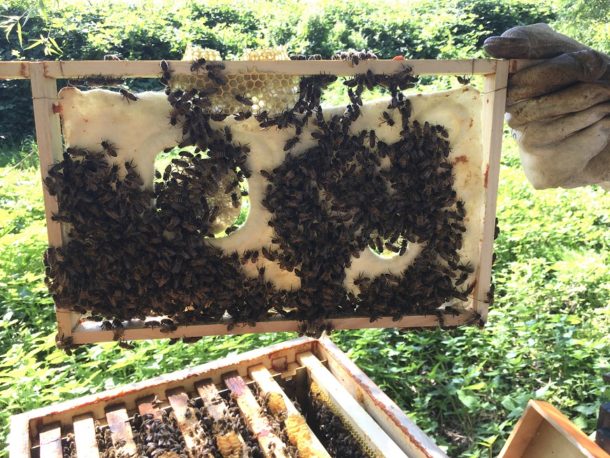

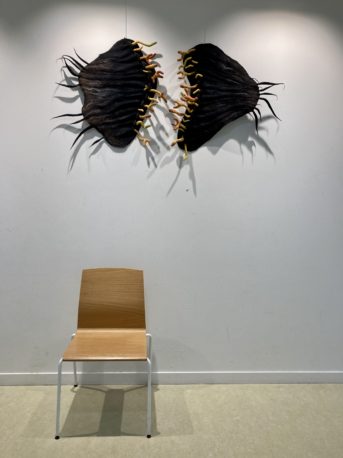
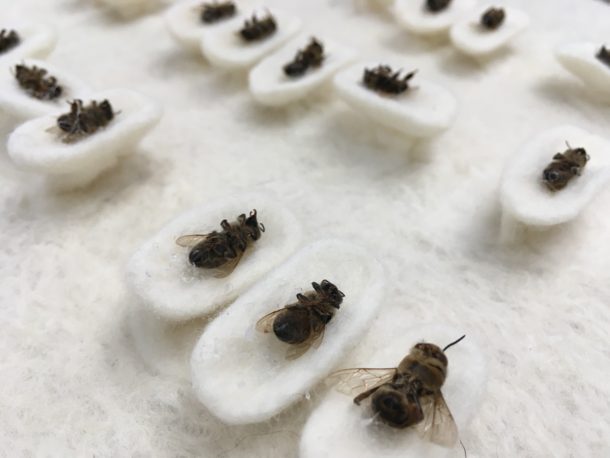
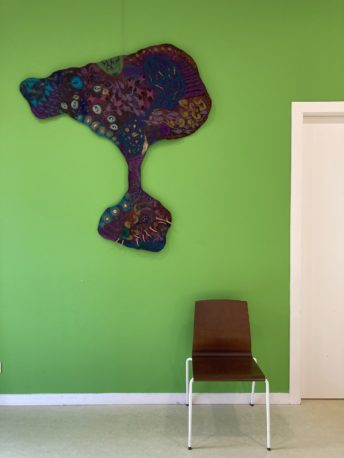
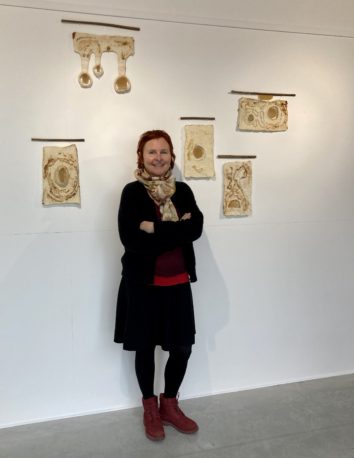



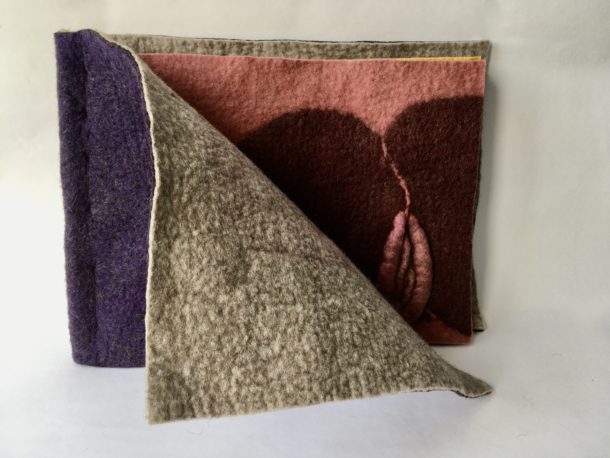














The opinions expressed by individual commentators and contributors do not necessarily constitute this website's position on the particular topic.